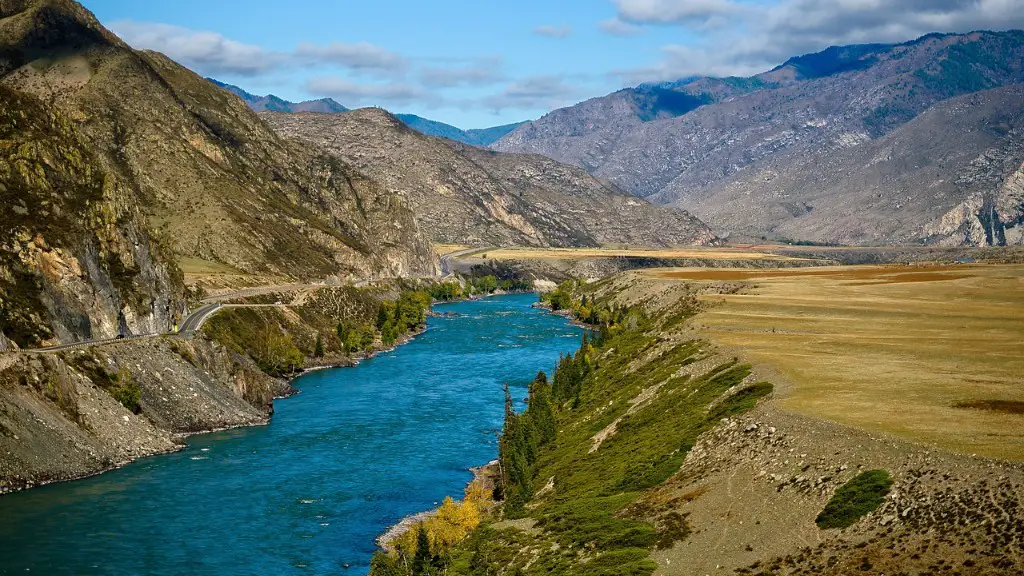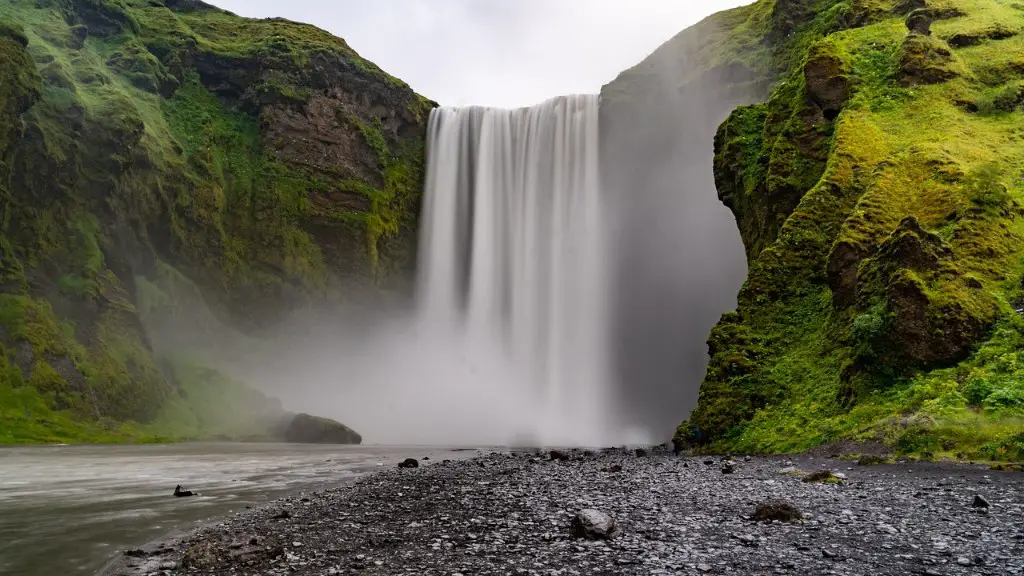Demographics
The population west of the Mississippi River represents one of the most diverse areas within the United States. The West boasts the highest percentage of non-White populations than any other region in the nation. The western states which make up the Rocky Mountain region, the Pacific Coast region, and the Southwest all have varied and distinct populations.
As of 2019, the United States Census Bureau estimated that out of the estimated 327,167,434 total US population, Old West, as defined by the US Census Bureau, included about 103,170,658 residents, or about 31.5% of the total US population. The western states of Montana, North Dakota, South Dakota, Wyoming, Idaho, Nevada, Utah, Arizona, New Mexico and Colorado, accounted for about 4.4% of the population, or about 14.4 million people.
There is also a notable difference in the racial and ethnic makeup of the western states and the national average. Hispanics/Latinos account for 20.9% of the population compared to the national average of 18.3%. African Americans account for 3.5 % of the population compared to 12.3% nationally. Native Americans, Alaskan Natives, Hawaiians and Pacific Islanders account for more than 8% of the population compared to the national average of 2.9%.
Economic Trends
The West has seen considerable growth in the average household income over the past several decades, with the median household income increasing from about $48,000 in 1999 to about $62,000 in 2019, a 28% increase. This increase is particularly pronounced in the most populated western states such as California, Washington, and Oregon.
Unemployment has also seen a marked decrease in the region, with the average unemployment rate falling from 7.3% to 2.7% since 1999. This decrease can be seen in all western states, though the most populous areas such as Los Angeles, San Francisco, and Seattle all have unemployment rates below the national average.
The West also boasts one of the fastest growing economies in the nation, with the average economic growth rate in the region outpacing the national average by more than 2%. This can be attributed in part to the population and economic growth in traditionally rural states such as Utah, Idaho, and Nevada, which have seen explosive economic growth in recent years.
Major Industries
The most dominant industries in the West are technology, healthcare and hospitality. Technology companies such as Amazon, Google, Microsoft, and Apple are all located in the West, and account for much of the region’s job growth. The healthcare industry is also a major contributor to the region’s economy, as the West boasts some of the best hospitals and clinicians in the country. The hospitality industry is also a major employer in the West, and is supported by the numerous national parks and tourist attractions located in the region.
In addition to these major industries, the West also has a large agricultural industry, which is responsible for providing many of the region’s jobs and supplying much of the nation’s produce.
Finally, the West is also home to a number of energy companies, which are responsible for providing energy to much of the region and many parts of the nation as well.
Political Trends
The West has historically voted Democratic in presidential elections, but this trend has been slowly shifting in recent years. While the presidential vote in the West has been heavily favoring Democrats, the region has also been increasingly voting Republican in local and state elections. This shift can be attributed in part to the changing demographics in the region, as the Hispanic/Latino population grows and the non-White population becomes more numerous.
In addition, the Republican party has been able to make inroads in traditionally Democratic areas in the West, such as in Utah and Nevada. This shift has been seen most clearly in the shifting voter registration rates, which have seen an increase in Republican registration in certain areas, particularly in states such as Utah, Idaho, Arizona, and Nevada.
Finally, the West has also seen a dramatic shift towards independent and third-party candidates in recent years, with many western states having elected gubernatorial candidates from outside of the two major parties. This trend can be attributed in part to the increasing diversity of the western states’ populations, as well as their increasing disenchantment with the two major political parties.
Social Trends
The West is home to a wide variety of religious beliefs and practices. Religions such as Buddhism, Hinduism, and Islam are all practiced in the region and have been steadily growing in number. In addition, the West is home to a number of major Christian denominations such as Catholicism, Lutheranism, and the Church of Jesus Christ of Latter-day Saints.
The West also has a vibrant cultural scene, with an array of art, music, food, and literature available to explore. The region’s diverse immigrant populations have added an immense array of cultural influences to the West, which have made it one of the most eclectic and interesting regions of the country.
The West also boasts some of the most diverse educational offerings in the country, with major colleges and universities located in nearly every corner of the region. The University of California system, the University of Washington, and the University of Colorado are some of the major public universities located in the West, while Stanford and the University of Notre Dame are among the major private universities located in the region.
Murals
The West has a strong tradition of mural art, with many of the region’s cities boasting impressive examples of mural art. San Francisco’s Mission District is an especially strong example, with many of its murals having been painted to depict the city’s diverse communities and cultures. In Seattle, muralists such as Troy Gua and Zio Ziegler have left their imprint on the city with their unique brand of mural art. And in Los Angeles, the city boasts a wide variety of mural art, with the iconic “Urban Light” installation by artist Chris Burden being one of the most recognizable works of public art in the country.
The mural tradition in the West has been growing in prominence in recent years, with the emergence of a number of talented muralists and the rise of the mural festival movement. The movement has seen mural festivals being held in cities all over the West, with the most prominent being Los Angeles’s “CicLAvia” festival, San Francisco’s “Festival of Mural Arts” and Seattle’s “Rising Mural Festival”. The festivals serve as a celebration of the region’s diverse mural art tradition and are a testament to the West’s vibrant and ever-growing art scene.
Gender Equality
The West has seen considerable progress in terms of gender equality in recent years. The region is home to some of the most progressive states in the nation when it comes to women’s rights and gender equality. Laws such as the California Fair Pay Act have helped reduce the gender wage gap in the state while other states such as Oregon and Washington have passed paid sick leave laws which provide greater security and benefits to women in the workforce.
In addition, various organizations and initiatives such as the Women’s Foundation of California, TechWomen, and the Women’s March have worked to improve the opportunities and representation of women in the region. These organizations have worked to promote the rights of women and to ensure that women are given equal representation and opportunities in all areas of life.
The West also has a long and impressive record of progressive policies and legislation when it comes to gender equality, which has helped make the region one of the most progressive and egalitarian parts of the nation.
Growth
The population of the West is expected to continue to grow in the coming years, with the most populous states such as California, Washington, and Oregon all projected to see considerable growth. This growth can be attributed in part to the influx of immigrants to the region, as well as the rapid economic growth in traditionally rural states such as Utah, Idaho, and Nevada. These states are expected to see their populations continue to grow as they become increasingly attractive locations for people looking to start businesses or relocate to find better economic opportunities.
The West is also expected to see a dramatic increase in its non-White population in the coming years, with the Hispanic and Latino population expected to be the most significant driver of the region’s growth. This population shift will likely result in a changing political landscape in the region, as the West continues to become increasingly diverse and politically active.
Finally, the West is also expected to continue to be a leader in terms of progressive policies, with many of the region’s states expected to continue to lead the way in terms of progressive legislation and initiatives. This can be seen in the continued push by many states in the West to implement policies such as paid sick leave, increases to the minimum wage, and the expansion of access to healthcare.





